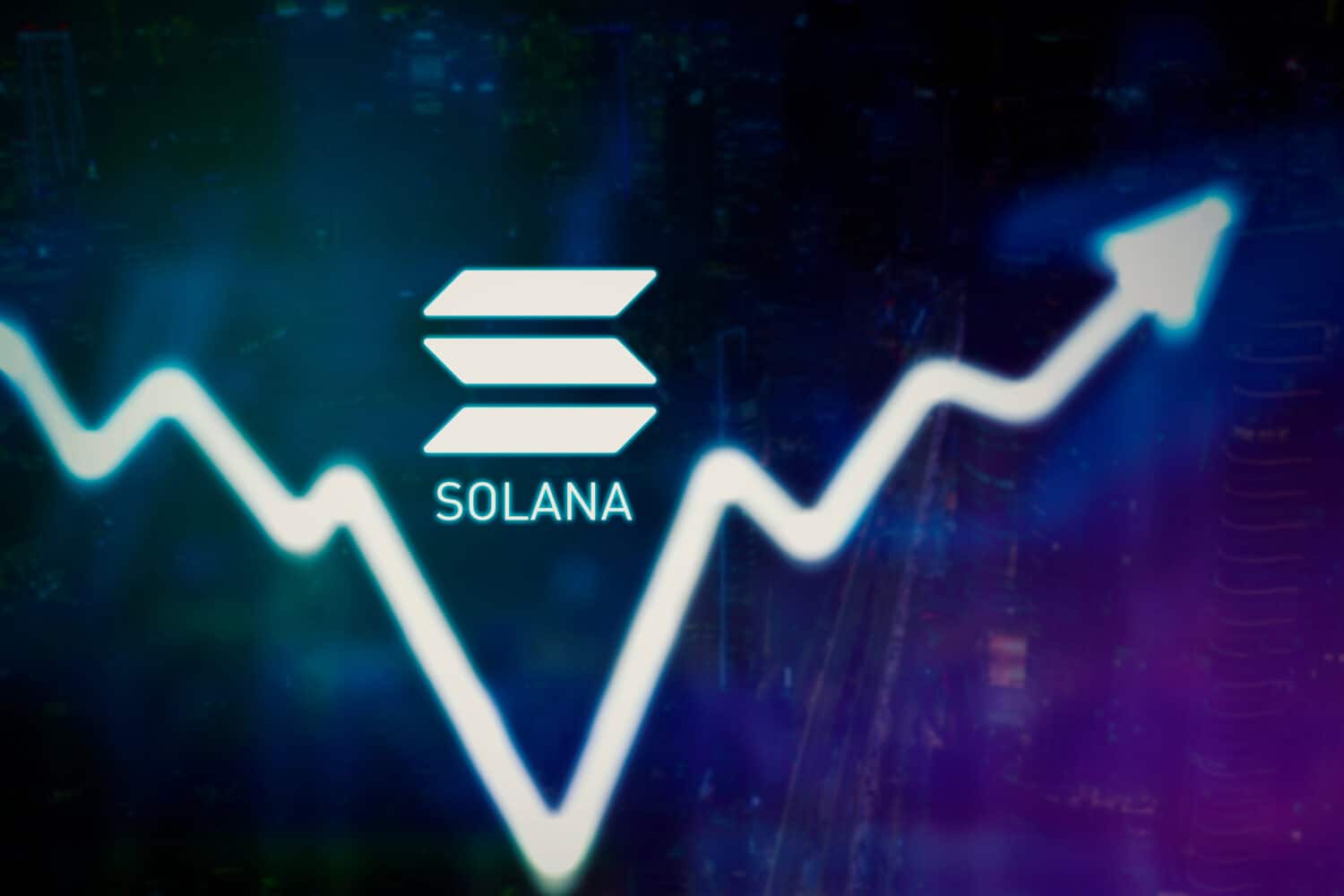Why Bitcoin Lost $900M in ETF Outflows While Solana Gained $531M
November 24, 2025
In mid-November 2025, investors pulled nearly $900 million from spot Bitcoin ETFs in a single day, marking the second-largest withdrawal since the funds launched in January 2024. The outflows came as Bitcoin (CRYPTO: BTC) fell below $95,000 for the first time in six months.
Solana (CRYPTO: SOL) ETFs attracted capital instead. The funds attracted $531 million during their first week after launching October 28, despite Bitcoin falling and markets shedding $230 billion. The divergence reflects profit-taking after Bitcoin’s surge, new staking yields in Solana ETFs, and competitive fee structures.
Bitcoin ETF Outflows Hit $900M: Solana Gains $531M

Bitcoin fell below $95,000 on November 14, triggering the second-largest daily withdrawal from Bitcoin ETFs since they began trading. Investors pulled nearly $900 million in one day. BlackRock’s iShares Bitcoin Trust (IBIT) accounted for $355.5 million in outflows, with Grayscale’s GBTC losing $199 million and Fidelity’s FBTC shedding $190 million.
U.S. spot Bitcoin ETFs registered record outflows of $3.79 billion in November 2025, surpassing the previous monthly record set in February. The sustained withdrawals showed investors exiting funds completely, not trimming positions.
Solana’s spot ETF launched October 28 and ended its first week with $531 million in net assets, roughly 35% of Bitcoin’s first-week total of $1.5 billion. The fund attracted $70 million on launch day, with inflows peaking again November 3.
The divergence widened through the week. Even as Bitcoin fell below $100,000 and the broader crypto market shed $230 billion in value, Solana funds recorded seven straight days of inflows. Bitcoin ETFs, by comparison, bled capital daily through mid-November.
Why Bitcoin ETF Outflows Accelerated in November 2025

Profit-Taking and Macro Pressure
Bitcoin ETFs attracted over $24 billion through October 2025, but November brought record redemptions. The federal government shutdown and concerns about an AI-driven tech bubble triggered selling, both factors that favor safe assets over speculative ones.
ETF outflows accelerated as traders locked in profits from Bitcoin’s October peak above $126,000. The timing made sense. Analysts called it profit-taking by recent buyers, not rejection of Bitcoin itself.
Investors who entered during the third-quarter rally took profits as Bitcoin swung between $95,000 and $110,000. The outflows showed Bitcoin funds track stock market sentiment closely.
Thinning Liquidity and Market Depth
Bitcoin’s market depth fell 30% from 2025 highs, meaning large trades move prices more dramatically. Thin liquidity creates a feedback loop: ETF selling pushes prices lower, triggering more redemptions.
When there aren’t enough buyers to absorb selling pressure, even $500 million in outflows can push prices down 5% or more.
Investor Fatigue and Asset Competition
Bitcoin’s story as an inflation hedge is well-known now, making it harder to attract new buyers. After peaking above $126,000 in October, Bitcoin fell below $85,000 by late November, erasing most 2025 gains.
U.S. Treasury yields above 4.5% offered safer alternatives with guaranteed returns. Solana trades 70% below its 2021 all-time high near $260, offering potential upside and faster transaction speeds than Bitcoin. ETF providers launched Solana, XRP, and other token funds, giving institutions multiple ways to gain crypto exposure beyond Bitcoin.
Why Solana ETF Attracted $531M Despite Market Volatility

Staking Yields and Product Innovation
Solana ETFs offer a feature Bitcoin funds can’t match: staking yields. Funds like Bitwise’s BSOL stake their Solana holdings and reinvest rewards, targeting 7% annual yields plus price appreciation.
Bitcoin doesn’t have a native staking mechanism, making it purely a price-play asset. That 7% yield adds income on top of any Solana price gains, a meaningful advantage when Bitcoin offers zero.
Incentive Structures and Fee Waivers
Many Solana ETFs launched with 0% expense ratios and fee waivers on the first $1 billion in assets. VanEck’s VSOL and Fidelity’s FSOL stake 100% of holdings during waivers, delivering full rewards to shareholders.
Bitcoin ETFs charge 0.25% to 0.5% with no yield generation, a harder sell when Bitcoin prices stagnate or decline.
Institutional Momentum and Marketing Campaign
The Solana Foundation launched a “Hello Wall St.” campaign in October 2025, highlighting real-world use cases like payments and asset tokenization. The marketing positioned Solana as infrastructure for faster, cheaper payments and tokenized assets, timing the ETF launches.
Solana processes transactions faster and cheaper than Bitcoin. Settlement takes seconds versus Bitcoin’s 10-minute blocks. And transaction fees are under $0.01 versus Bitcoin’s $1-5. These capabilities attracted inflows even as Solana’s price fell 15% during launch week.
Relative Valuation and Future Potential
Market size differences favor Solana for percentage gains. Bitcoin’s market cap exceeds $1.9 trillion, while Solana sits at $70 billion.
A 50% Solana gain adds $35 billion in market cap. Bitcoin needs $950 billion for the same move, a heavier lift. Solana’s $531 million first-week total captured 35% of Bitcoin’s inaugural flows and 45% of Ethereum’s.
Search
RECENT PRESS RELEASES
Related Post




